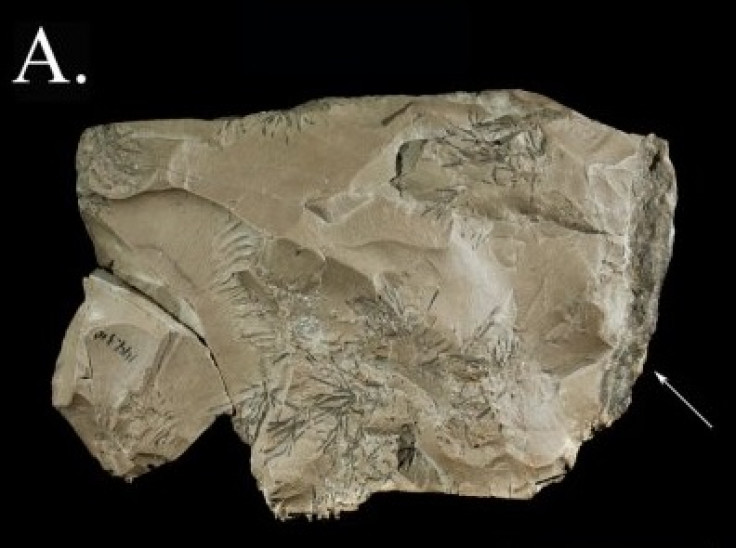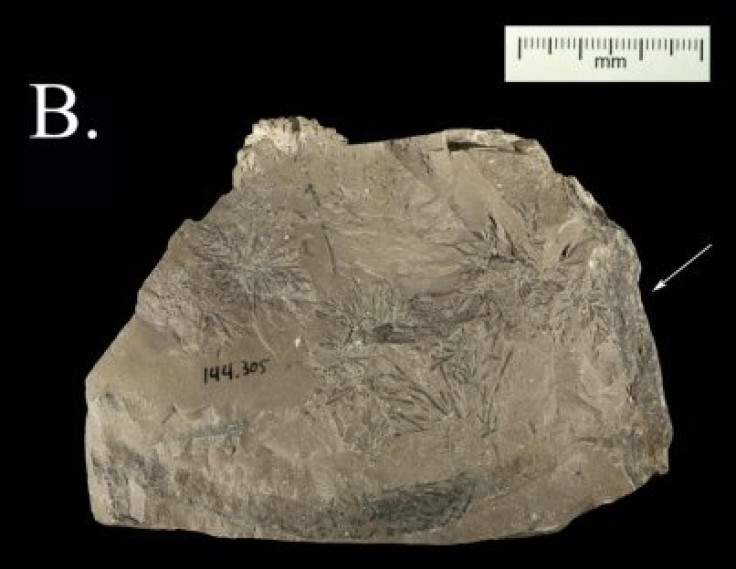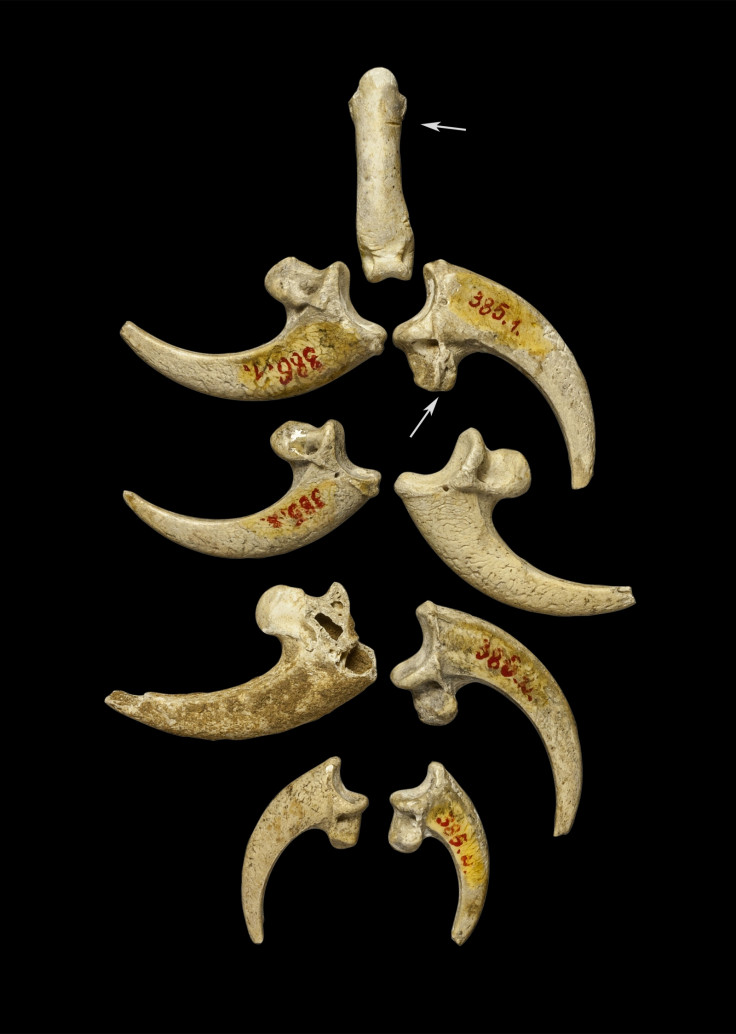Neanderthals collected pretty rocks just for the sake of it
Limestone rock was found in same cave where eagle talon jewellery was discovered.

A Neanderthal living in Croatia 130,000 years ago appears to have collected a special-looking rock for no reason other than that it looked nice. The discovery adds to the mounting evidence showing Neanderthals attached symbolic meaning to inanimate objects, and were not just "big, dumb" creatures.
The limestone rock was found in the Krapina Neanderthal site over a century ago, but has only now been analysed for its significance. At the time, over 1,000 objects were collected from the sandstone cave, including over 800 Neanderthal fossil remains and jewellery carved from eagle talons.
An international team of researchers has now analysed a rock collected at the site that was not like any other found there. Measuring five inches in length, four inches wide and half an inch thick, the rock had not been altered with flints, so could not have been a tool. It also bore an unusual pattern with black lines streaking across it – potentially what caught the Neanderthal's eye in the first place.
David Frayer, an anthropologist with the University of Kansas, said: "If we were walking and picked up this rock, we would have taken it home. It is an interesting rock. The fact that it wasn't modified, to us, it meant that it was brought there for a purpose other than being used as a tool."
In their study, published in the journal Comptes Rendus Palevol, researchers went back through all of the other items that had been collected to show it was unique to the site. They believe the Neanderthal collected the rock from an area a few kilometres away – at a location where grey limestone can be found. It was either carried there by the Neanderthal or was transported closer to Krapina by a stream.

As well as showing Neanderthals could appreciate objects that serve no function other than apparently being aesthetically pleasing, the researchers believe it could shed light on how our ancestors developed these traits.
"It adds to the number of other recent studies about Neanderthals doing things that are thought to be unique to modern Homo sapiens," Frayer said. "We contend they had a curiosity and symbolic-like capacities typical of modern humans.
"People have often defined Neanderthals as being devoid of any kind of aesthetic feelings, and yet we know that at this site they collected eagle talons and they collected this rock. At other sites, researchers have found they collected shells and used pigments on shells. There's a little bit of evidence out there to suggest that they weren't the big, dumb creatures that everybody thinks they were."

© Copyright IBTimes 2024. All rights reserved.






